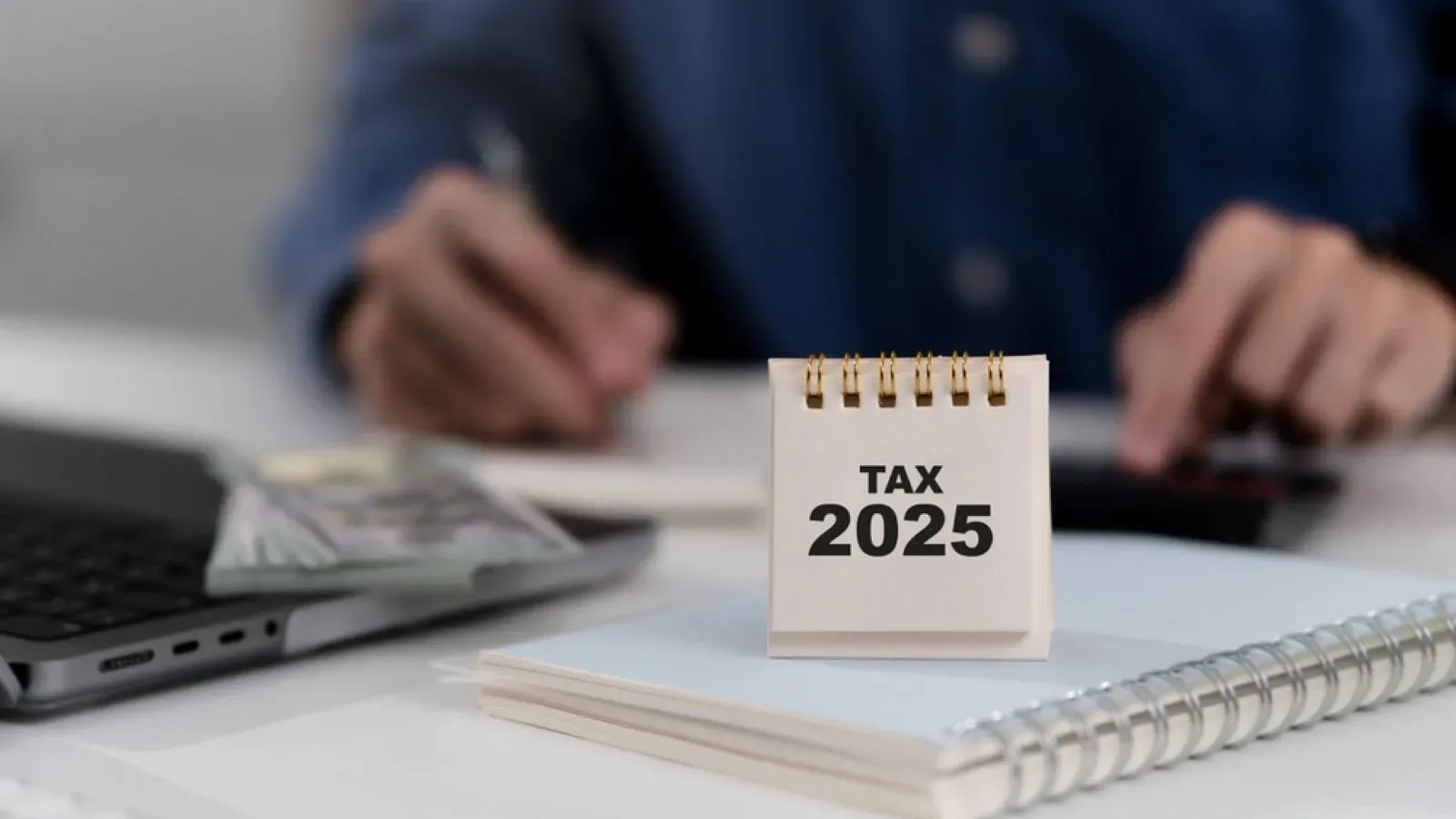Personal Finance News
How this small taxpayer saved tax by a last-minute switch to the old regime before filing ITR

2 min read | Updated on September 11, 2025, 09:29 IST
SUMMARY
ITR filing deadline 2025: A last-minute calculation and switch to the old regime not only helped this small taxpayer avoid paying extra tax but also helped him claim a small refund.

File your ITR by September 15. don't wait for an extension. | Image source: Shutterstock
Reason: He had a total salary income of only ₹8.84 lakh in FY 2024-25 and some investments eligible for deductions. But he believed he didn't have enough deductions that would help him save more under the old tax regime.
However, last-minute calculation and switch to the old regime not only helped him avoid paying extra tax but also helped him claim a small refund.
Let's see his numbers to understand how he benefited from the last-minute switch:
Gross salary: ₹8,84,550
Dividend income: ₹2733
Interest from savings account: ₹2248 (exempted from tax up to ₹10,000 under Section 80TTA)
Interest from income tax refund: ₹718
LTCG from equity shares: ₹90,000 (exempted under Section 112A)
Eligible deductions:
Section 80C investments (including home loan principal, life insurance, and provident fund): ₹1.5 lakh
Home loan interest: ₹93,554
Section 80D deduction: ₹5000
Standard deduction in old regime: ₹50,000
Standard deduction in new regime: ₹75,000
Tax calculation under old regime
Taxable salary: Gross salary-standard deduction = ₹8,84,550-₹50,000 = ₹834,550
Total income = ₹834,550+₹2733+₹718 = ₹838,001
Total deductions = ₹1,50,000+₹93,554+₹5000 = ₹248,554
Taxable income = ₹838,001-₹248,554 = ₹5,89,447
Tax as per slabs:
Up to ₹2,50,000: Nil
₹2,50,000-₹5,00,000 @5% = ₹12,500
₹5,00,000-₹5,89,447 @20%: ₹17,889
Total tax = ₹17,889+₹12,500 = ₹30,389
Tax after cess at 4% =₹30,389+₹1215 = ₹31,604 (approx).
Tax calculation under the new regime
Salary: ₹8,84,550
Taxable salary after standard deduction of ₹75,000 = ₹8,09,550
Total taxable income = ₹8,09,550+₹2733+₹2248+₹718 = ₹815,249
Tax calculation as per the new regime slabs:
Up to ₹3,00,000: Nil
₹3,00,001-₹7,00,000 @5% = ₹20,000
₹7,00,001-₹815,249 @10% = ₹11,525
Total tax = ₹11,525+₹20,000 = ₹31,525
Tax after cess at 4% = ₹31,525+₹1261 = ₹32,786
Thus, the total tax liability under the old regime is ₹31,605, which is lower than the new regime liability of ₹32,786. As his employer had already deducted TDS of ₹32,248, he could claim a refund of ₹644 by making the last-minute switch to the old regime.
The due date to file ITR for AY 2024-25 is September 15, 2025. File it fast if you haven't.
Related News
By signing up you agree to Upstox’s Terms & Conditions
About The Author
Next Story




